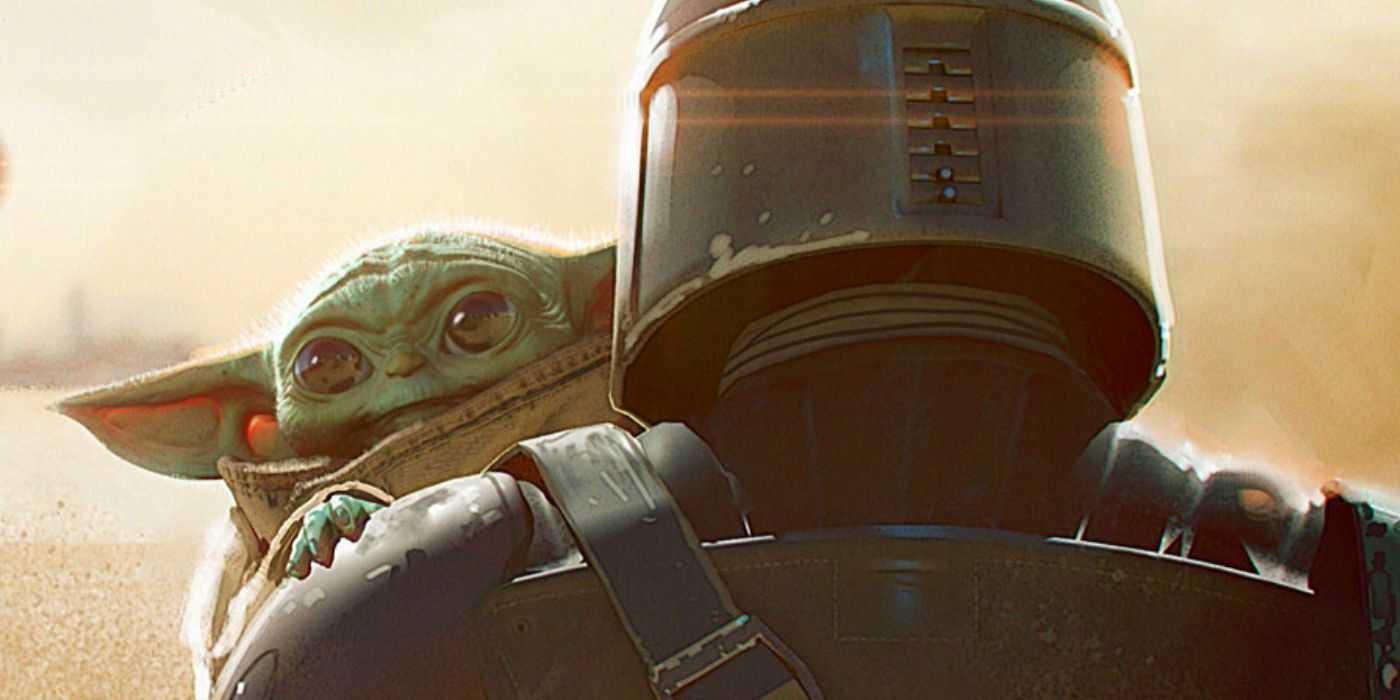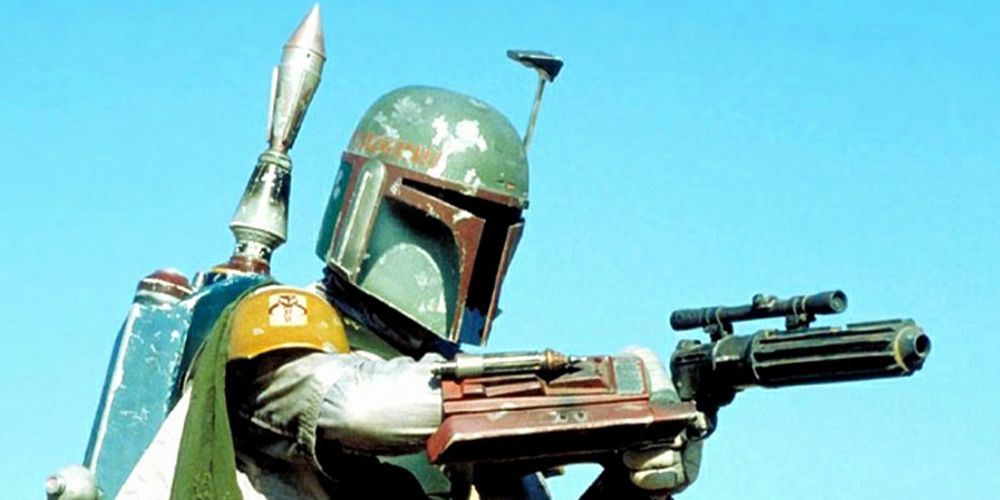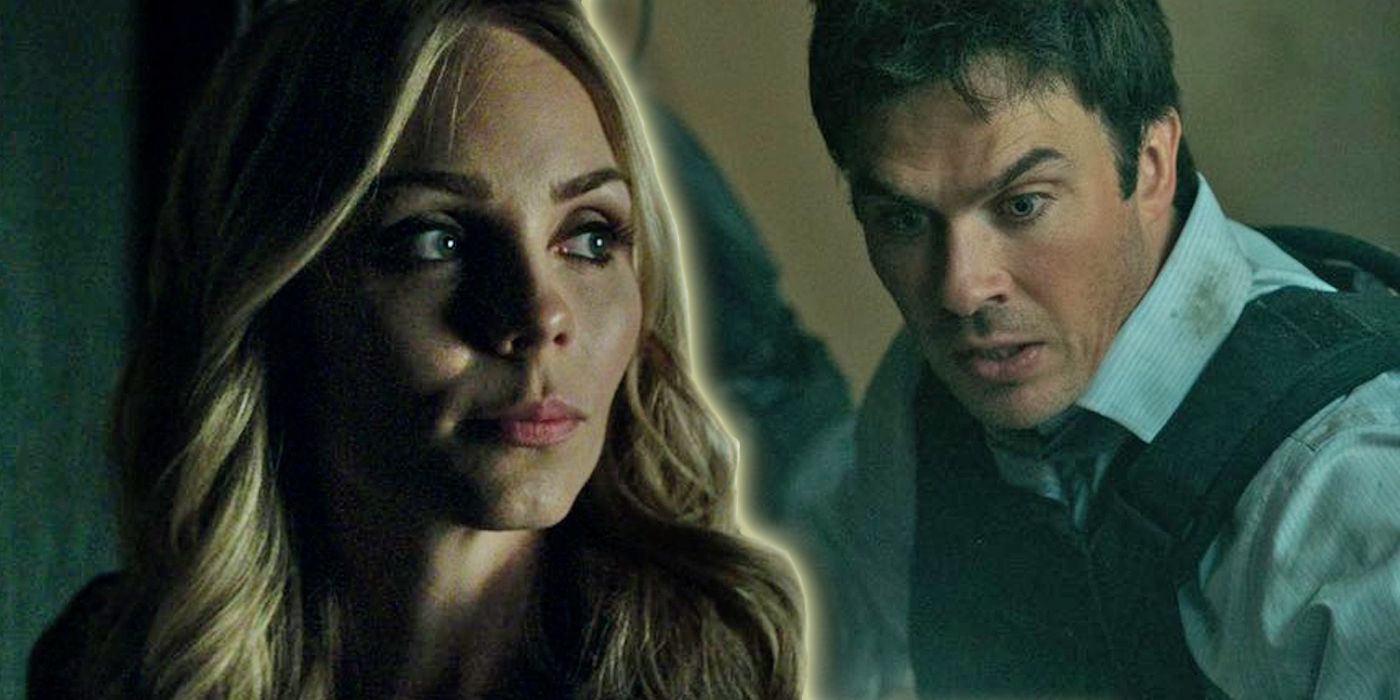
The trailer for the upcoming Netflix series V-Wars promises blood-curdling action combined with intense character interaction, much like The Walking Dead. And much like the zombie series, V-Wars is also based off of a multimedia franchise that includes novels and comics, which are published by IDW Publishing.
Since 2012, Johnathan Mayberry’s V-Wars anthology series has detailed the spread of a vampiric virus and the various ways that it manifests itself across different cultures. To get caught up to speed before the series premiere in a few weeks, we're taking a look back at this multimedia franchise and everything we know about the show.
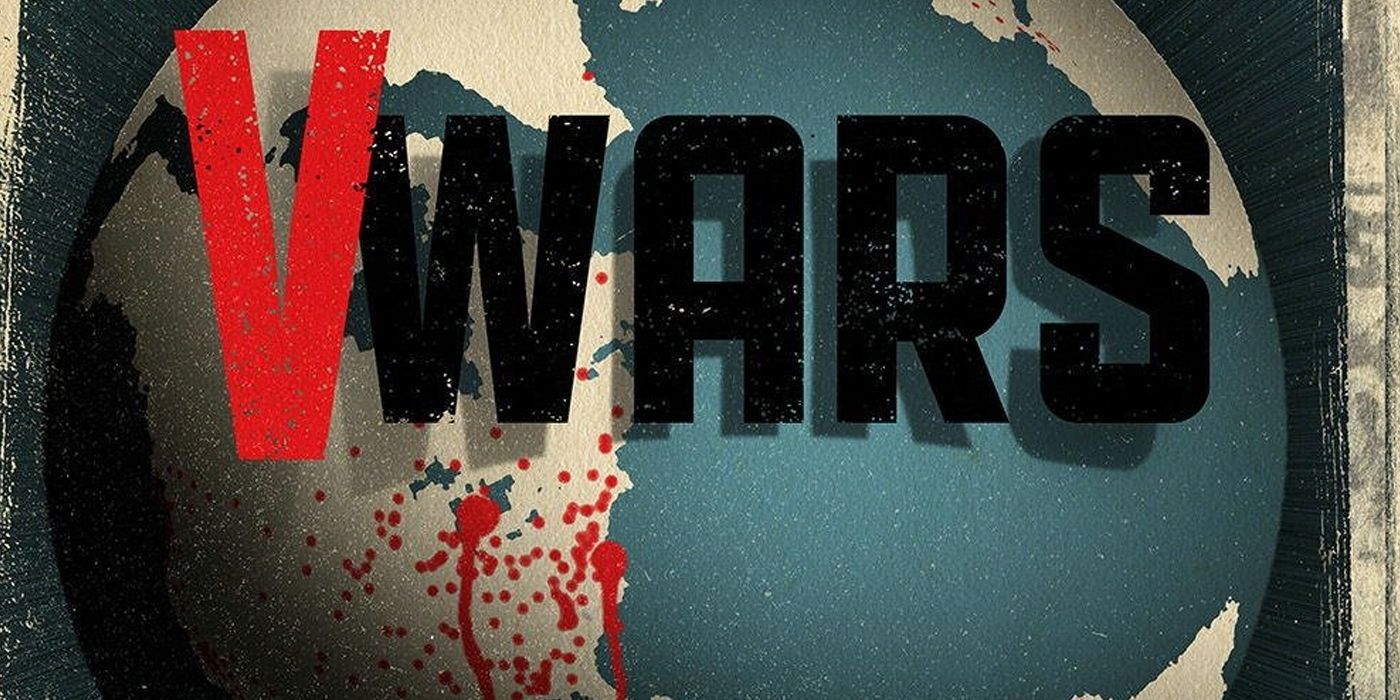
The first entry in the anthology detailed some of the first encounters with the world’s new vampire infestation. In a partial homage to John Carpenter’s The Thing, the origins of the series see a mysterious virus being released in the Arctic. This triggers dormant genes in humanity to transform many of the world’s denizens into blood-suckers, but with a twist. Each vampire is essentially genetically molded into how vampires are represented within their particular culture, which makes each vampire drastically different. The stories contained in this volume deal with the first infected modern vampire patient, as well as cells of vampire terrorists.
The second volume in the series, set one year after the rise of vampirism around the world, sees uneasy political tensions come to fruition. The vampires vie for their own nation, and the begrudging acceptance of the world’s governments is shattered when the Vampire Wars begin anew.
The third and fourth volumes in the series, published in 2015 and 2016, showed the vast difference between the Vampire Wars and the human wars of the past. Whereas those were fought on battlegrounds with weapons, the stories contained here have neighbors, friends, and family members turning on each other and even turning into vampires at a moment’s notice. This gives rise to biological prejudice, and a very tangible cultural shift caused by the paranoia surrounding vampires. The series also began introducing more diversity among the various vampires, both in culture and abilities.
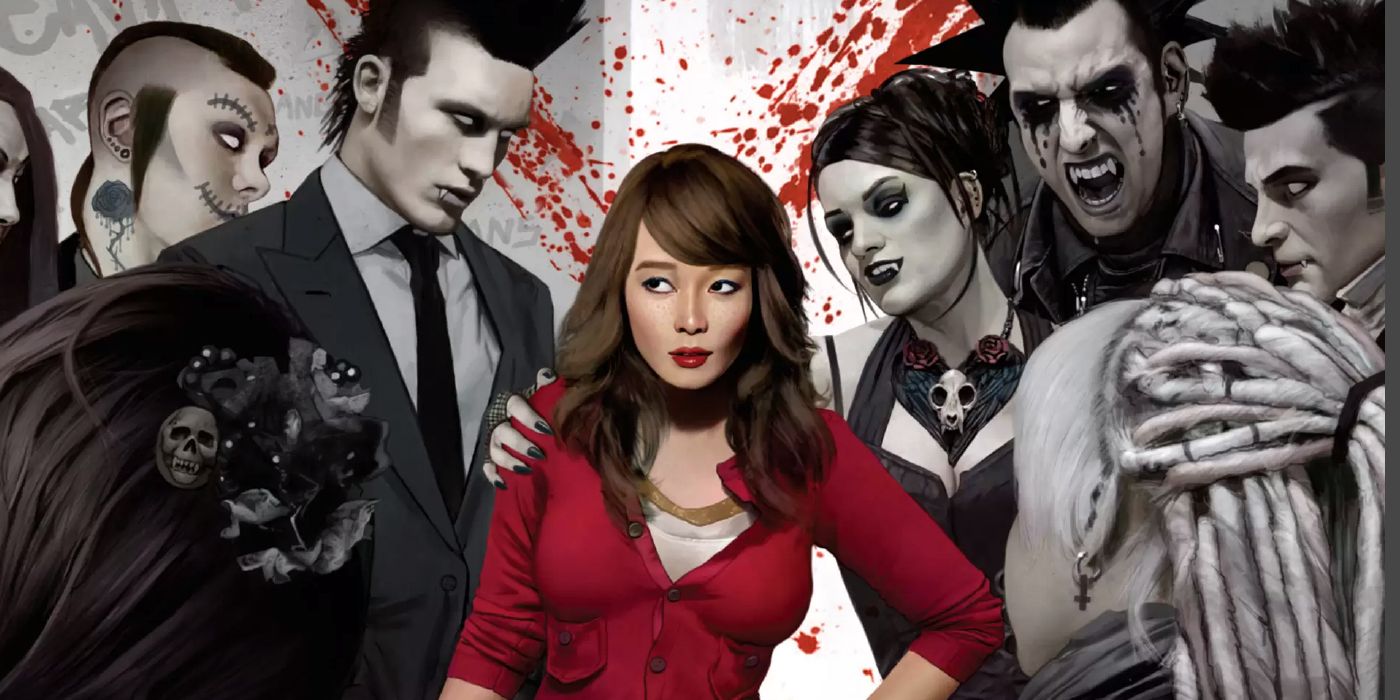
The anthology series continued on in 2014 as an IDW series by Mayberry, Alan Robinson and Marco Turini. The first of storyline, "Crimson Queen" gave a different look at the first Vampire Wars, as well anti-vampire police forces and a group of supposedly non-violent vampires who attempt to settle in a small town.
That series also introduced Big Dog, a member of anti-vampire force V-8. The second storyline in the comic series took on a less episodic format, and had protagonists Big Dog, Luther Swann, and Joe Ledger searching for the plans for a device that screens vampire DNA.

The upcoming TV show adapting the series will take an ongoing storytelling format, as opposed to the mostly anthological format of the books. As in the source material, the origin of vampirism comes from a virus being released in the arctic, resulting in different cultures developing distinct forms of blood sucking monsters.
The main character, Ian Somerhalder's Dr. Luther Swann, is from the novels and comics, and will be fighting to broker peace with the growing vampire factions while he tries to develop a cure for the condition. This is strained further by his former friendship with Adrian Holmes's Michael Fayne, another V-Wars comics character who leads a rising group of vampires. The synopsis so far hints at the show bringing to life the first Vampire War, as well as the boom in vampire terrorists around the world.
Arriving on Netflix Dec. 5, V Wars stars Ian Somerhalder (Dr. Luther Swann), Adrian Holmes (Michael Fayne), Jacky Lai (Kaylee Vo), Peter Outerbridge (Calix Niklos), Kyle Breitkopf (Dez), Laura Vandervoot (Mila Dubov) and Kimberly-Sue Murray (Danika Dubov). The debut season will run for 10 episodes.



































